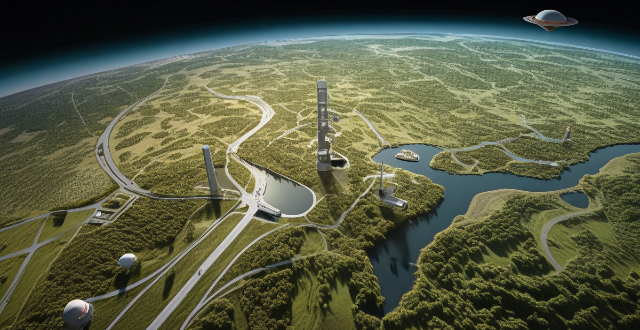Commercial space exploration is a rapidly evolving field, drivenCommercial space exploration is a rapidly evolving field, driven, economic incentives, and small satellite constellations for internet and Earth observation, space tourism and commercial space stations, Moon and Mars exploration, in-space manufacturing and resource utilization, and international cooperation and legal frameworks. These trends demonstrate that commercial space exploration is not only expanding our knowledge of the universe but also creating new industries and opportunities for economic growth.

Current Trends in Commercial Space Exploration
Commercial space exploration is a rapidly evolving field, driven by advancements in technology, economic incentives, and the desire to expand human activities beyond Earth. Here are some of the current trends shaping the future of commercial space exploration:
1. Reusable Rocket Technology
- SpaceX Falcon 9 and Falcon Heavy: These reusable rockets have successfully landed multiple stages after launching payloads into space, significantly reducing costs.
- Blue Origin New Shepard and New Glenn: Blue Origin's reusable rockets aim to make spaceflight more accessible and affordable for commercial purposes.
2. Small Satellite Constellations
- Internet from Space: Companies like SpaceX (Starlink) and Amazon (Project Kuiper) are developing constellations of small satellites to provide global broadband internet coverage.
- Earth Observation: Small satellites are being used for environmental monitoring, disaster management, and other applications that require frequent updates and high resolution.
3. Space Tourism and Commercial Space Stations
- Suborbital Space Flights: Companies like Virgin Galactic and Blue Origin are offering short suborbital flights to experience weightlessness and view Earth from space.
- Orbital Space Hotels: Plans for private space stations include accommodations for tourists, research facilities, and even space hotels.
4. Moon and Mars Exploration
- Moon Landings: NASA's Artemis program aims to return humans to the Moon by 2024, with private companies involved in building lunar landers and habitats.
- Mars Colonization: SpaceX's Starship is designed for eventual human missions to Mars, with ambitions of establishing a self-sustaining colony on the Red Planet.
5. In-Space Manufacturing and Resource Utilization
- Zero-G Manufacturing: The unique environment of microgravity allows for new materials and products that cannot be created on Earth.
- Asteroid Mining: Prospecting asteroids for valuable resources like water, metals, and rare earth elements could become a reality as technology advances.
6. International Cooperation and Legal Frameworks
- Global Partnerships: Countries and companies are collaborating on projects such as the International Space Station (ISS), sharing costs and expertise.
- Space Law and Regulation: As commercial activities increase, there is a growing need for legal frameworks to govern property rights, liability, and resource extraction in space.
These trends demonstrate that commercial space exploration is not only expanding our knowledge of the universe but also creating new industries and opportunities for economic growth. As technology continues to evolve, we can expect even more exciting developments in this field in the coming years.